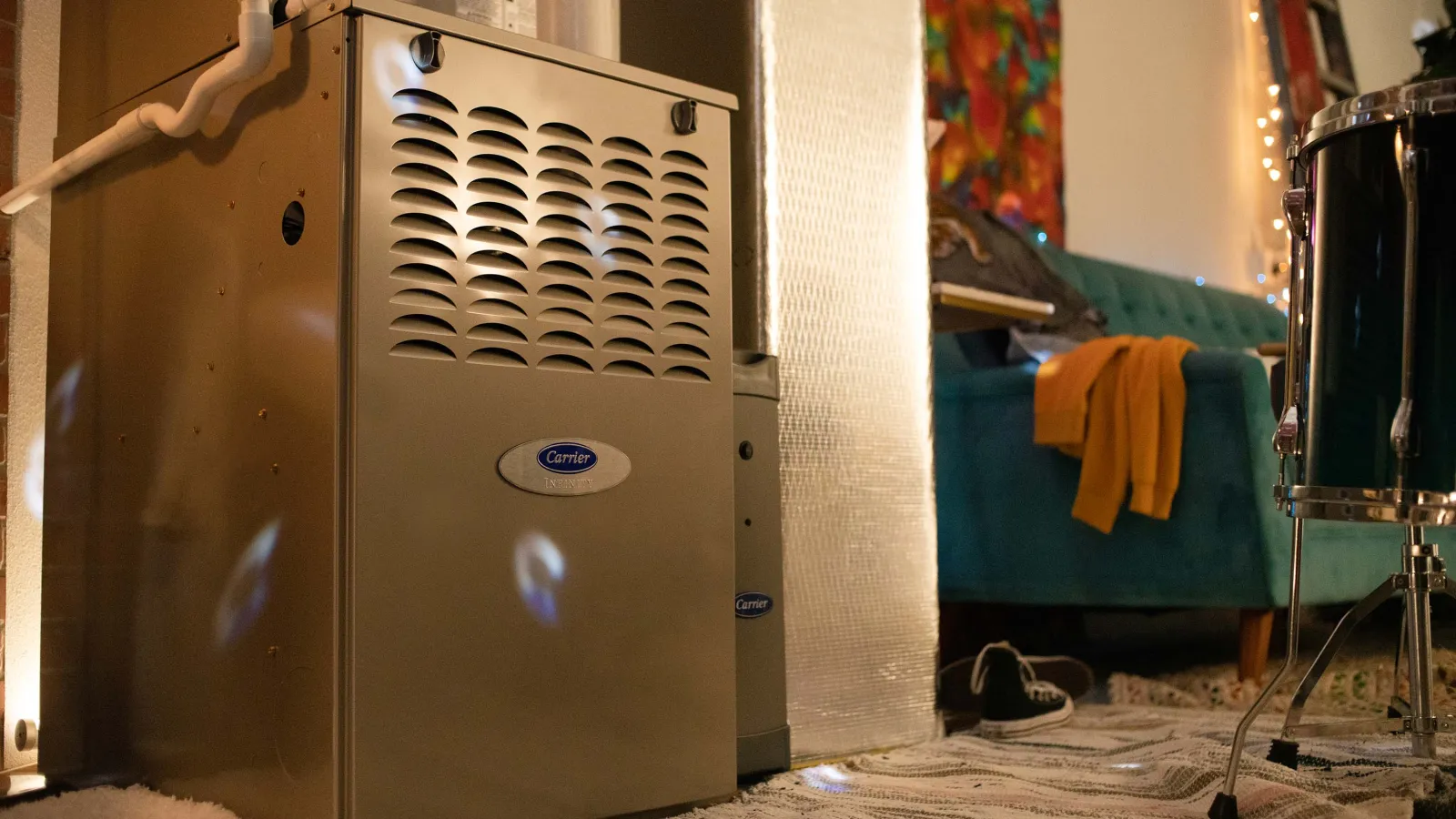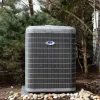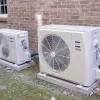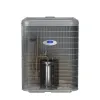Furnaces can be finicky. During the colder months, we’re constantly fielding calls from people whose furnaces aren’t keeping their houses warm for some reason or another.
Sometimes, there’s an actual malfunction of some sort. Maybe a part failed. Maybe the blower motor went kaput.
Other times, nothing is broken. The problem is that the furnace was never properly commissioned.
That means the HVAC technicians who installed the furnace never set things properly after they got it to run. You see, it’s possible to install a furnace without — and this is super common around Atlanta — making sure the furnace can succeed in:
- Keeping occupants warm on the coldest days and nights
- Operating safely so that all fumes go where they’re supposed to
Some final steps are needed to get this right. And it’s just amazing how few HVAC companies bother to take them after installing a new system.
This is how you should commission a furnace
It’s a five-step process that’s a failsafe if you follow it. Yes, it requires extra work for the HVAC technician, but you can’t put a price on flawless indoor comfort and your client’s safety. That’s how we see it, anyway.
Here’s how our team commissions a furnace following installation:
1. Clock the meter
Almost nobody (except for us) does this. It’s critical to clock the meter and set the proper amount of gas input, expressed as BTUs.
“Clocking” is a formula that shows you how much gas is being delivered to the appliance. You perform this step to ensure the flame enters the furnace properly and isn’t too large or too small.
To understand how this works, imagine you just installed a 60K BTU furnace. If you’re an HVAC technician, you want to assure the customer that the furnace is getting 60K BTUs of gas so that it’s operating according to the manufacturer’s specifications. A tech should check the meter, plug the numbers into the formula, and adjust the gas valve according to the results. When everything checks out, per the formula, you can be sure that the furnace is getting 60K BTUs of gas.
Clocking the meter and making these adjustments can affect performance, efficiency, and furnace longevity. It’s a small thing for your HVAC technician to do, but it can make a huge impact on your comfort and your wallet.
2. Perform a combustion analysis
This step ensures your furnace is burning the gas properly. By “properly” we mean safely and efficiently.
When a furnace is burning properly, a certain amount of combustion gas will be produced and then vented safely to the outdoors. Proper venting is important because exhaust gases are being produced and do have to go somewhere. You don’t want them venting into your home due to an installation mishap or wear & tear issue!
The right way to do this is to use a digital combustion analyzer. We take multiple readings around the combustion appliance (in this case, a furnace), inside the vent pipe, and within the living space. This step verifies that combustion gases aren’t going where they could be unsafe.
Remember, furnace exhaust contains carbon monoxide. It’s dangerous to breathe it.
Combustion analysis also shows whether the right amount of combustion gas is being produced. If the levels are off, there could be an issue with combustion that needs to be addressed before we can call it a day and say that the furnace is properly installed.
3. Check the venting and drafting
This kind of goes along with combustion analysis. It’s important to ensure that the vent pipe is the right size and design.
Occasionally, there will be physical blockages in the vent pipe. Think leaves, pine straw, dirt, and other debris. If that stuff is preventing combustion exhaust from escaping the home, it needs to be cleaned out.
In some older homes around Atlanta, furnaces were installed many years after the home was constructed and vented into an existing chimney. This might have been an okay option 60 years ago when someone first installed a furnace. However, over time, old chimneys with masonry liners can crack and combustion gases can enter the home. When your furnace or other gas appliance vents into an old chimney, it’s very important to have an HVAC technician check that all the gases are venting properly!
At PV Heating, Cooling & Plumbing, we use the same combustion analyzer to verify proper venting. With this tool, we can use a fine measurement of pascals (the relevant unit of measurement for this application) to make sure the furnace is venting as it should.
4. Check temperature rise
This is where you check to see that the furnace isn’t overheating your home. When we check temperature rise, we’re also making sure that the airflow is set so that the furnace can heat within a range appropriate to its design.
Performing this step — and performing it correctly — extends the lifespan of your HVAC system and helps you avoid service calls down the line.
Keep in mind that checking temperature rise and performing combustion analysis should be happening in tandem. Changes in temperature rise can impact the combustion process, so you have to be constantly analyzing combustion while making any adjustments.
5. Cover all the basics
There’s a whole laundry list of little checks that most HVAC companies do manage to remember. You’ve got to do those, too. They include things like:
- Making sure the gas shutoff valve works and can be turned without a wrench
- Checking the furnace itself is level and sealed with no gas leaks
- Verifying that an atmospheric combustion furnace isn’t in a confined space and adding ventilation if it is
- Verifying proper drip and ensuring there’s a hard pipe gas line going to the furnace
- Ensuring that the venting is secure, properly sloped, and uses double-wall material back to the furnace
- Checking that the thermostat is properly set up
Our team does all of those things, plus the super-important, but often neglected, tasks described above. We think all of these steps are essential to ensuring your new furnace keeps you warm for many winters to come!
If you have furnace problems…
There’s a chance your furnace wasn’t properly commissioned. Common symptoms of an improperly commissioned furnace include uneven temperatures among different rooms, hot spots and cold spots, and high gas bills.
When the poor commission is the issue, there usually isn’t anything wrong with your furnace. Some adjustments are likely in order, but after that, there’s a good chance the furnace will work fine.
If you’re not satisfied with the performance of the furnace in your Atlanta area home, get in touch with us! We’ll stop by at your convenience and figure out what’s going on.






